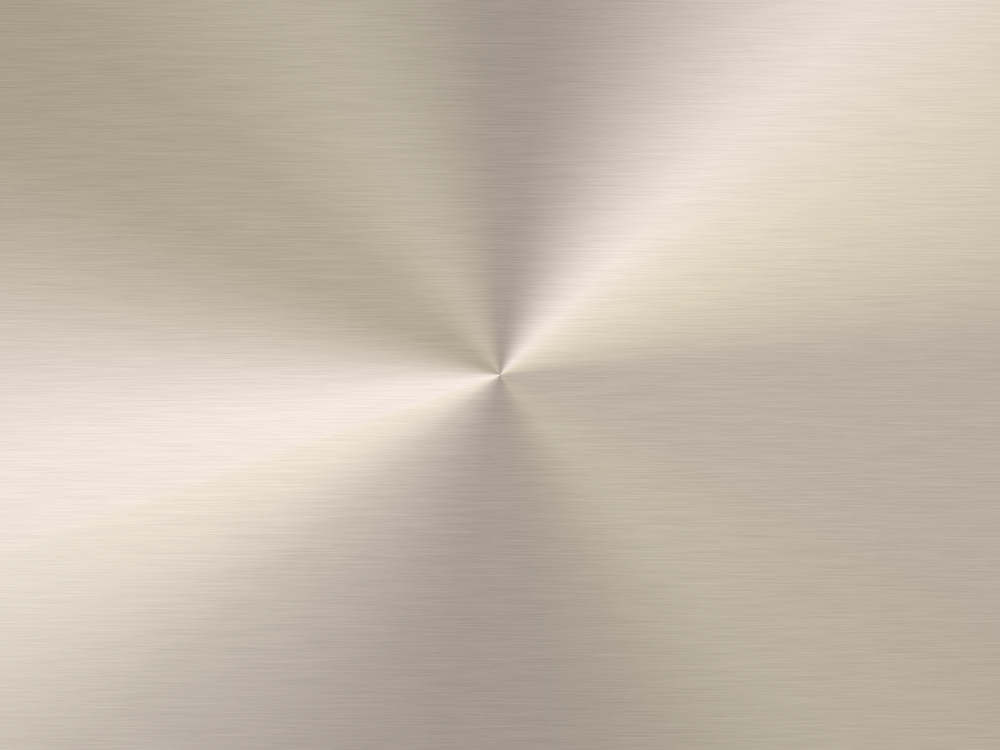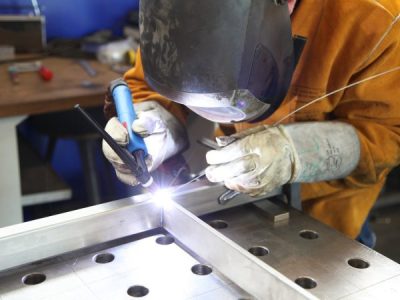
The Hardest Colours to Paint: Professional Spray Painters Expert Tips for a Flawless Finish
When it comes to spray painting, not all colours are created equal. Some colours are notoriously hard to apply smoothly and evenly, highlighting every minor imperfection. Whether you’re looking to paint machinery, casings, parts or structural elements, getting that perfect, durable finish depends on the choice of colour and the right technique. Even “easier” colours can show rookie mistakes. So, when you’re working with colours that are especially tricky, it’s smart to leave it to professionals like APT Spray Painting. The results will not only look better but last longer. Let’s dive into what makes certain colours harder to paint and how the pros handle them.
Black: Every Flaw Magnified

Black paint is like a spotlight for surface imperfections. Its highly reflective quality makes every scratch, dent, or speck of dust stand out. This makes black one of the most unforgiving colours to work with, and getting a flawless finish requires that the surface underneath be virtually perfect.
Challenges in Asset Painting
Applying black on assets like industrial surfaces or metal features can be especially challenging since these surfaces aren’t always as smooth as car bodies. Each flaw, from minor pitting to uneven textures, will show through the black paint, demanding extensive sanding and priming beforehand.
Professional spray painters use advanced techniques, such as layering multiple thin coats and controlling spray pressure and distance, to ensure a smooth, streak-free finish. They also work in dust-free, controlled environments, which is essential for achieving that glossy, polished black look without imperfections.
Metallic and Pearl Finishes: Precision in Particle Distribution

Metallic and pearl finishes contain tiny metal flakes that must be applied with extreme precision. Uneven spraying can lead to a “blotchy” or “tiger-striped” appearance, where some areas appear darker or lighter than others. For an even look, the metallic particles need to be perfectly distributed across the surface.
Application Complexity for Assets
Painting metallic colours on large surfaces, like machinery or architectural elements, requires experience and control over environmental factors. Unlike flat colours, metallics are sensitive to spray technique, requiring consistent distance and pressure. Any lapse can lead to areas where the metallic flakes clump or scatter unevenly.
Professional painters have the experience and tools to control these variables meticulously. They understand how to manage the conditions of the spray environment to produce a uniform metallic finish that looks professional and durable.
Red and Bright Colours: Layering for Depth and UV Protection

Bright colours, especially reds, tend to have lower opacity, which means they need multiple coats to cover surfaces fully. Reds also have pigments that are more prone to UV fading over time. Achieving a vivid red or bright yellow requires layering over a base coat to reach the desired richness and then applying a clear protective layer.
Application on Industrial and Outdoor Assets
Bright colours are often used in branding, making them popular for signage, outdoor furniture, and machinery. However, when used outdoors, these colours are more susceptible to fading, requiring extra protective coats. Ensuring a consistent, deep colour over large surfaces is no small task, especially with reds and yellows that demand skilled layering.
Professional spray painters use UV-stable, high-quality paints and know how to apply additional protective coatings to maintain brightness over time. This expertise ensures that the final product won’t just look good when it’s new but will stay vibrant for years to come.
White: The Paradox of a Simple Colour

White might seem like the easiest choice, but it can be surprisingly tricky. White paint often requires multiple coats to cover surfaces fully, especially if the base is dark. It’s also prone to yellowing over time due to sunlight or heat exposure, which can be problematic for outdoor items or pieces that endure direct sun.
Challenges for Assets and Structural Elements
For assets like equipment casings or structural metal elements, a crisp, clean white finish requires meticulous layering to avoid streaks or patchiness. Yellowing is another issue that’s common over time, making UV-resistant products essential for long-lasting white finishes.
Pros understand the nuances of applying white paint and often use UV-resistant formulas to prevent yellowing. They apply multiple light coats and have the know-how to ensure the final finish looks even and remains bright.
Fluorescent and Specialty Bright Colours: Tricky Opacity and Fading

Fluorescent and other speciality bright colours are attention-grabbing, but they’re also low in opacity. This means several coats are necessary to achieve an intense, saturated finish. These colours are prone to fading, especially when exposed to direct sunlight, so extra care and protective topcoats are required to keep them from looking dull.
Why These Colours Are Ideal for Industrial Applications
In industrial or commercial applications, fluorescent and bright colours are often used for visibility and safety. However, achieving a consistent and fade-resistant finish on such large surfaces is particularly tricky for the inexperienced.
Professional painters know how to handle these colours with specialty primers and protective topcoats to ensure long-lasting vibrancy. They’re also experienced in techniques that help reduce the number of coats needed for full opacity, saving on materials and achieving a more consistent result.
Common Problems with DIY Painting: Why Rookie Mistakes Stand Out
Even with colours that seem straightforward, issues like streaks, unevenness, and paint runs can easily crop up for inexperienced painters. These mistakes are especially noticeable on large or high-traffic surfaces.
Surface Prep and Environmental Control
Professional painters know that achieving a clean, long-lasting finish starts with careful surface prep. They also work in dust-free, temperature-controlled environments, which can make a huge difference in the quality of the finish.
Pros use high-grade spray equipment to apply paint with precision, avoiding common issues that often arise with DIY efforts. Their consistent technique ensures a finish that’s free from blemishes and durable enough for industrial or commercial use.
Trust the Experts at APT Spray Painting
When it comes to hard-to-paint colours, experience and precision make all the difference. Certain colours demand an expert touch to achieve a flawless, professional finish, and even “easier” colours reveal mistakes when handled by beginners. APT Spray Painting’s team has the experience and tools to manage any colour challenge, from tricky metallics to UV-prone reds.
Ready to make a lasting impression? Contact APT Spray Painting today to discuss your next project and see what a difference professional expertise can make in the quality and longevity of your painted assets.



